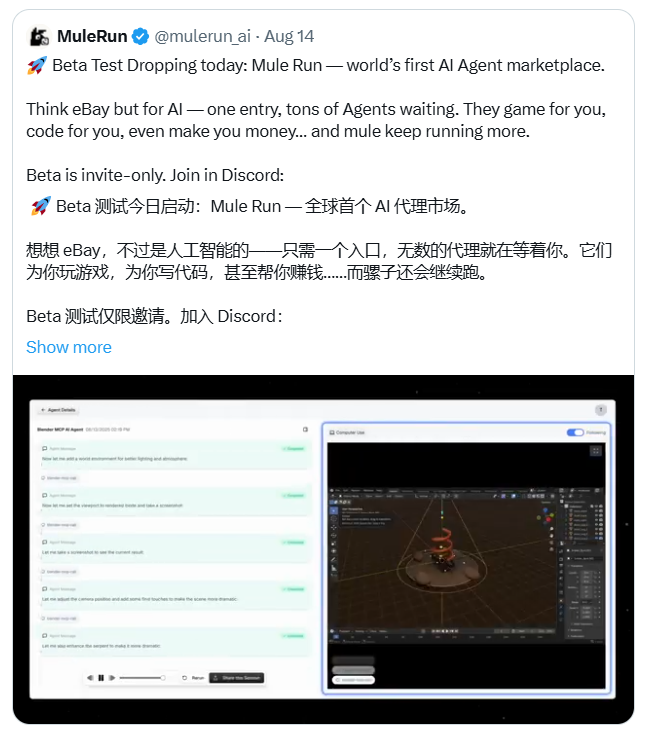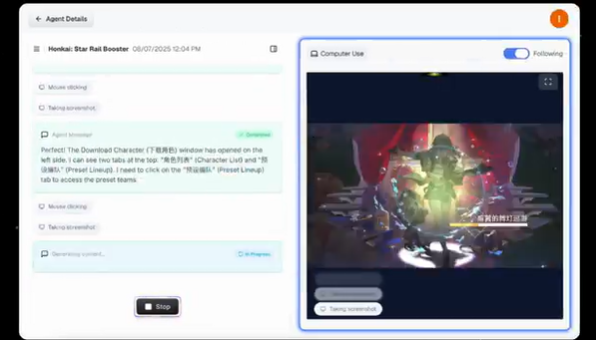MuleRun AI: Virtual Machine Agents Redefine Automation
MuleRun AI: Virtual Machine Agents Redefine Automation
A new AI platform called MuleRun is gaining traction overseas for its innovative approach to automation. Unlike traditional AI tools, MuleRun provides each user with a dedicated virtual machine environment, enabling AI Agents to operate beyond browser limitations and run full-fledged software applications.

Breaking the Mold with Virtual Machines
The core innovation of MuleRun lies in its virtual machine mechanism. While conventional AI Agents are confined to web-based tasks, MuleRun's Agents can operate within a complete Windows environment. This allows them to handle everything from office automation to running professional software like Blender for 3D modeling or even executing in-game tasks autonomously.

Practical Applications: From Gaming to Creative Work
Early adopters have demonstrated MuleRun's versatility. One user shared how their Agent automatically completed daily missions in Honkai: Star Rail, including login procedures and task sequencing. Another showcased its ability to create intricate 3D models in Blender without manual intervention.
Community-Powered Ecosystem
MuleRun fosters a developer community where users can create and share specialized Agents. The platform's 'plug-and-play' model eliminates technical barriers, offering pre-configured solutions for video editing, content generation, and more through an invitation-based system.
The Future of AI Agents
Analysts view MuleRun as a potential category-defining product, bridging the gap between simple automation and complex computational tasks. Its combination of virtual machine technology and crowd-sourced development could set new standards for AI-assisted productivity.
Key Points:
- Virtual Machine Integration: Enables Agents to run desktop applications beyond web-based tools.
- Cross-Domain Automation: Capable of handling gaming tasks and professional creative work.
- Community Ecosystem: Developers can build and share specialized Agents for various use cases.
- Low Barrier to Entry: Users can deploy sophisticated automation without technical expertise.